Sustainability and Climate Change Policy
Introduction
Meeting the challenges of Climate Change by moving to a Net Zero economy is one of the most important goals of society. The Education sector has a role to play in achieving these goals. In April 2022 the Department for Education published Sustainability and climate change: a strategy for the education and children’s services systems in response to the COP 26 (United Nations Climate Change Conference) meeting held in November 2021.
Amongst the strategic aims set were -
- Net zero: reducing direct and indirect emissions from education buildings, driving innovation to meet legislative targets in the transition to net zero
- Resilient to climate change: adapting our education buildings and system to prepare for the effects of climate change
- A better environment for future generations: enhancing biodiversity, improving air quality and increasing access to, and connection with, nature in and around education settings
Purpose
Hull City Council declared a Climate Emergency in 2019 and set a target to become carbon neutral by 2030 and become a net zero business by 2040. These targets provide the framework within which the Environment Policy and its objectives sit.
HTAE recognises its responsibility in m contributing to and managing its environmental impact and making decisions that support the current sustainability agenda. Sustainability has been defined as "meeting the needs of the present without compromising the ability of future generations to meet their needs," (Brundtland Commission 1987). This policy sets down the actions that we are already taking, and will incorporate into our planning, to demonstrate our commitment to meeting the challenges of climate change.
Aims and Objectives
Our aim is to reduce the impact of our operations on the environment. We will continue to monitor environmental performance wherever possible and incorporate environmental factors into business decisions. Our work is continuous and ongoing. The focus of our activity will be concentrated on the following areas -
| Category | Commitment | Actions |
|---|---|---|
| 1. Energy Use (e.g. Heating, Lighting, Air Conditioning) |
|
|
| 2. Materials Use (e.g. Building projects, refurbishment) |
|
All new refurbishment projects are managed with the integral objective of reducing the carbon footprint of the service |
| 3 Marketing, Teaching and Office supplies (e.g. paper and teaching materials) |
|
|
| 4 Waste and Recycling (e.g. water and classroom furniture) |
|
|
| 5 IT Infrastructure |
|
|
| 6 Transport |
|
|
| 7 Health and wellbeing | Maintain and enhance a healthy working environment for all who visit our sites | Carbon dioxide monitors installed. Sign posting of learner and staff support services around building including safeguarding contacts |
| 8 Subcontracting and Procurement of educational services | All educational suppliers will be asked how they will support the Authority to become carbon neutral by 2030 through the delivery of our services | Work with our suppliers and contractors to minimise the negative environmental impacts and greenhouse gas emission derived from of their goods and services |
Communication
Communications play an important part in our sustainability planning. Through effective communications we will -
- Raise awareness of our work and provide evidence of our commitment to sustainability Obtain support from staff, tutors and learners
- Collect feedback on our activities
- Provide evidence that can be used in communications with external audiences
- Appropriate channels of communication will be used such as the staff newsletter, meetings, social media postings and video guides
Review and Development
This policy will be reviewed on a regular basis and updated to ensure that it remains appropriate in the light of any relevant changes to the law, education policies or contractual obligations. Additional policies may be created to cover specific areas. All changes will ultimately be approved by the Executive advisory board (EAB)
https://www.hull.gov.uk/downloads/download/199/hcc-environment-policy-2022
